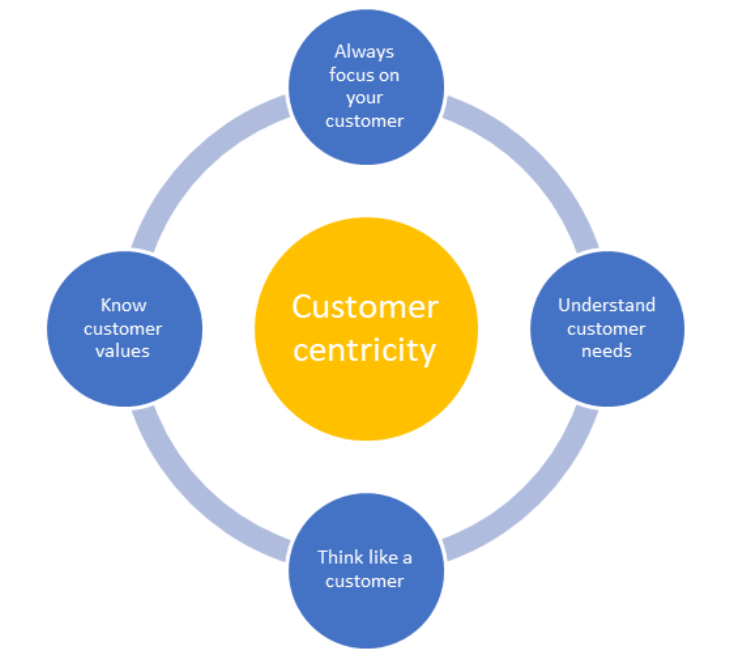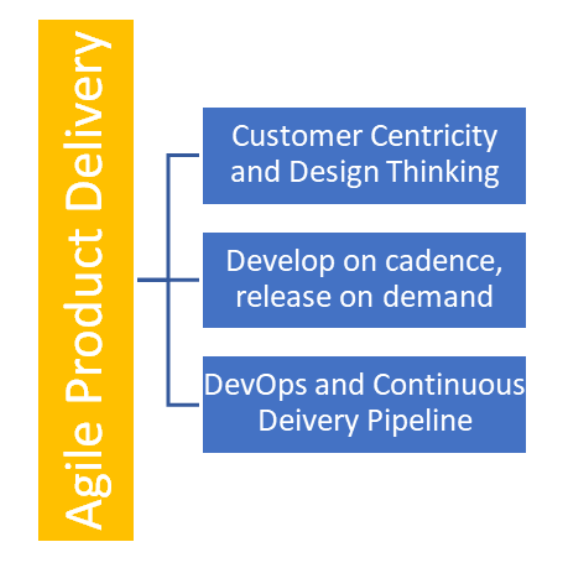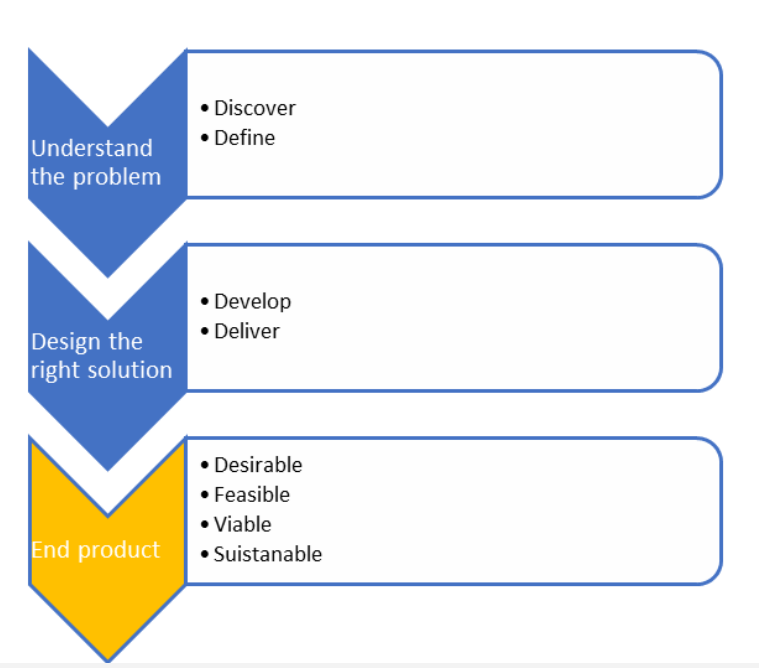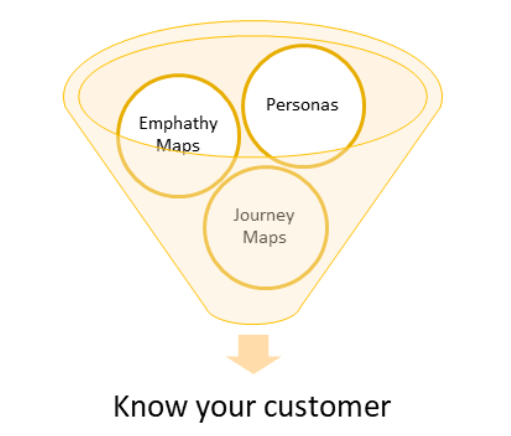
Scaled Agile Framework defines Business Agility as the ability to compete and thrive in the digital age by quickly responding to market changes and emerging opportunities with innovative, digitally enabled business solutions. But we can ask – WHY are we focusing on the innovations? WHO are we really working for? WHO should we always have on top of our minds?
Our main stakeholder is our CUSTOMER. While delivering our products or services we should always focus on the customers. And this focus is not the thing we can think of from time to time during our project’s realization. Customer centricity is not a temporary thing we can forget. Customer centricity is a mindset and way of working.
Customer centricity as a mindset

Every business decision made in Agile enterprise should be made with continuous considering of the impact on end-users – customers. When the company is consumer-centric, all employees have a customer centricity mindset which means that they:
Customer centricity as a mindset

Agile product delivery goal can be defined as delivering the right solutions to the right customers at the right time. It seems quite easy but achieving this simple goal requires good knowledge and experience not only on the solutions/technologies the enterprise can provide. Important part of these puzzles is to identify the right customers and really get to know them.
In Scaled Agile Framework there are three dimensions of Agile Product Delivery.

Customer Centricity and Design Thinking: On top of the things that must be done, each enterprise should consider and implement the customer centricity mindset. Customer should be placed in the center of each enterprise decision. Design thinking process can support this.
Develop on cadence, release on demand: enterprise should continuously develop their solutions to be ready for market changes or trends in their customers’ needs. The possibility of releasing on demand ensures that new releases of value can be made exactly when customers need it and they are exactly what they need.
DevOps and Continuous Delivery Pipeline: also make it possible for enterprises to release value at any time – when customers need it and to meet market demand
Why design thinking?

Design thinking is the process integral to customer centricity. It puts customers in the center of the approach. The process is created for the enterprises to enable them to provide solutions which are:
To achieve this, the enterprise should follow two steps process which contains:
How to get to know the customers in design thinking?

Design thinking approach offers various methods which can be used in the process of getting to know enterprise customers better. If the enterprise wants to really meet the need of the customers, developing the solutions should be preceded by the research and gathering insights about the customers.
It can be achieved by using some design thinking research methods which include for example:
Personas method: when researchers create fictional consumer and/or users identified during the customer research to provide insights on customer characteristics, ways of using different products, their needs and potential engagement in the solutions that enterprise can provide.
Empathy maps: this is another method which helps to answer the questions:
These details help the enterprise to build solutions better suited to the customers.
Journey maps: are the maps illustrating how the customer are engaging in the enterprise solutions, products and services.

Customer centricity is crucial for every business. It can be achieved, when the enterprise:
We understand that customer centricity is not a one-time practice. It is a continuous process and requires a lot of efforts of our people. This mindset is necessary for our consultants to build the solutions which are really needed by the customers and to be able to react quickly to market changes and customer needs changes.
We are all building customer-centric culture and are skilled in customer centric tools and techniques to ensure that we deliver the best solutions to the right customers at the right time.
Explore the latest Insights from Brickendon and ensure that your organisation is prepared.
Sources:
[1] https://www.forbes.com/sites/forbesagencycouncil/2022/01/20/what-is-customer-centricity/
[2] https://www.scaledagileframework.com/business-agility/
[3] https://www.scaledagileframework.com/customer-centricity/
[4] https://www.scaledagileframework.com/agile-product-delivery/
[5] https://www.scaledagileframework.com/design-thinking/